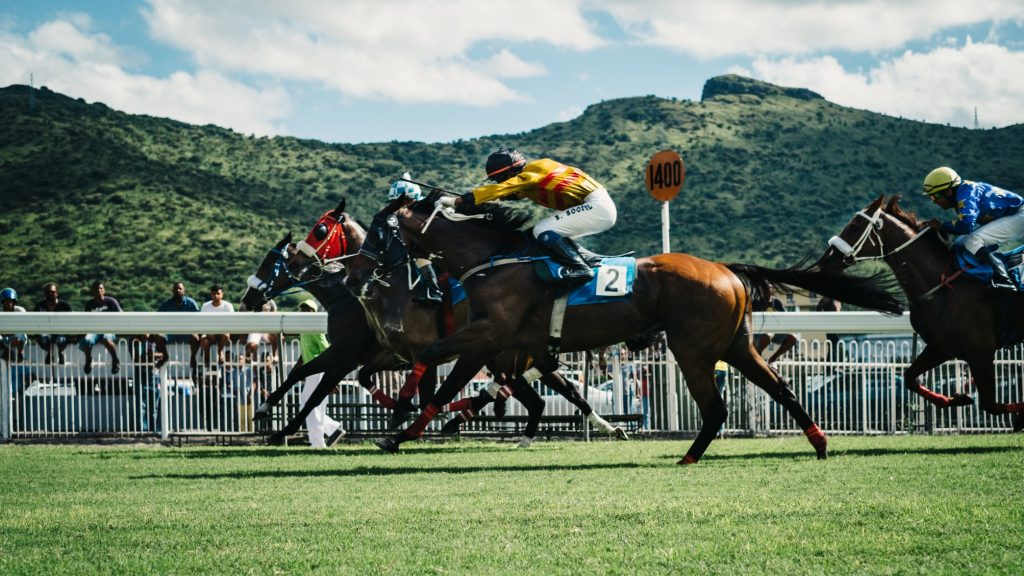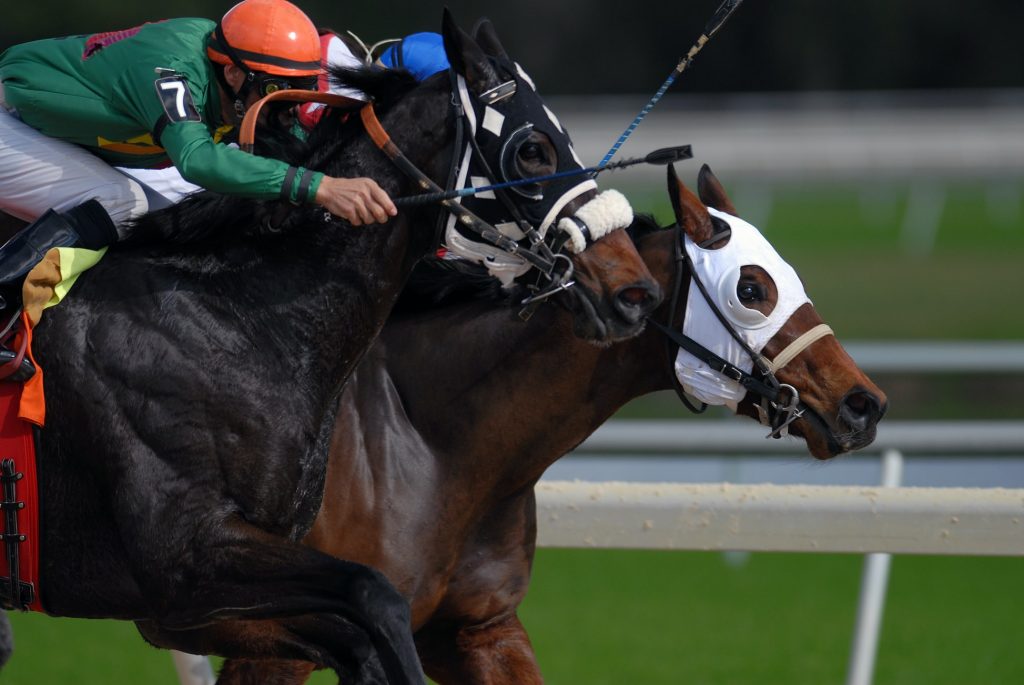
Technology has affected many areas of our lives. In recent times, the way we work, commute, cook, clean, communicate and entertain ourselves has all changed. And truth be told, there are almost no industries that haven’t benefited from at least some of the technological developments from the last couple of decades.

Sport is no exception to this, with the way athletes train, spectators watch, and referees officiate all changing.
While horse racing has managed to keep hold of many of its traditions, it has not been left untouched by technology. Here are just a few of the ways that the sport of kings has changed in recent years.
Safety
The safety of the riders and their horses are of paramount importance to the organisers. Using bright colours on fences helps horses to see them better in jump races, reducing the number of accidents. Simple track design alterations can also help with this, as have rule changes around whip use and “interference”.
Technology is also playing a key role in improving safety. A horse overheating after a hard-run race has long been a big risk to their health and safety. Using thermal imaging cameras, vets can accurately and regularly check the temperature of horses after a race and take action to cool them down before it becomes a serious issue.
Medical equipment similar to that used on humans, including MRI scanners, X-rays, and endoscopes can also help to diagnose injuries and diseases earlier and faster.
Combining all of its efforts together, the British Horseracing Authority has been able to reduce equine fatalities by around 30% in the last few years.
Mobile Sports Betting
Wagering has always been a part of horse racing and many people see it as part of the experience of visiting the track. This is the case right around the world from the Kentucky Derby in the US to the Grand National in the UK.
For over a century, the betting at these races would be done at the track with totes and bookmakers that advertised the odds for each horse on a board. Transactions would be handled in cash and there’d be a scrum among racegoers as they made sure they got their bets placed on time.
While this type of betting still takes place, technology has added new ways for people to place wagers on horse races. Mobile betting can be done at the track or from anywhere else, making it much more convenient.
It also means customers can more easily compare odds, pay with their debit cards, and keep track of all their betting slips.
Many larger brands also offer other products, such as the option to play online casino games, take part in lotteries, and even bet on esports, creating a better experience for customers.
Photo Finish
Horse racing is a sport that throws up many close finishes that can make it incredibly difficult to distinguish the winner with the naked eye. Racecourses have used photo finishes since the 1930s to decide whether a race had a definitive victor or a dead heat occurred.
Newer techniques, like using 1-dimensional array sensors instead of film cameras at the finish posts can help to remove the delays that are usually caused by photo finishes.
Traditionally, officials would have to wait for a photo to be developed, meaning the riders and fans would face delays before finding out if they’d won and their bets would payout. This new digital technology gives the answer immediately, helping to improve the spectacle.
Improved Data
Horse racing is a data-driven sport, with pundits, fans and trainers using factors like weather and track conditions, previous form, distance and shape of the track to predict outcomes. Companies like TurfTrax have developed tracking equipment, similar to the fitness trackers used by humans that can detect where a horse is in relation to the track and other runners in real-time.
It’s also developed a device that’s used to assess the track conditions. Some horses run better on a sloppy track, while others give their best performance when it’s fast. The company’s GoingStick can detect the current status of the track far more accurately than other methods.
As you can see, technology now plays a hugely important role in the sport. And as more innovative ideas enter the sport, we can expect to see horse racing become and even safer sport for both the horse and jockey.


